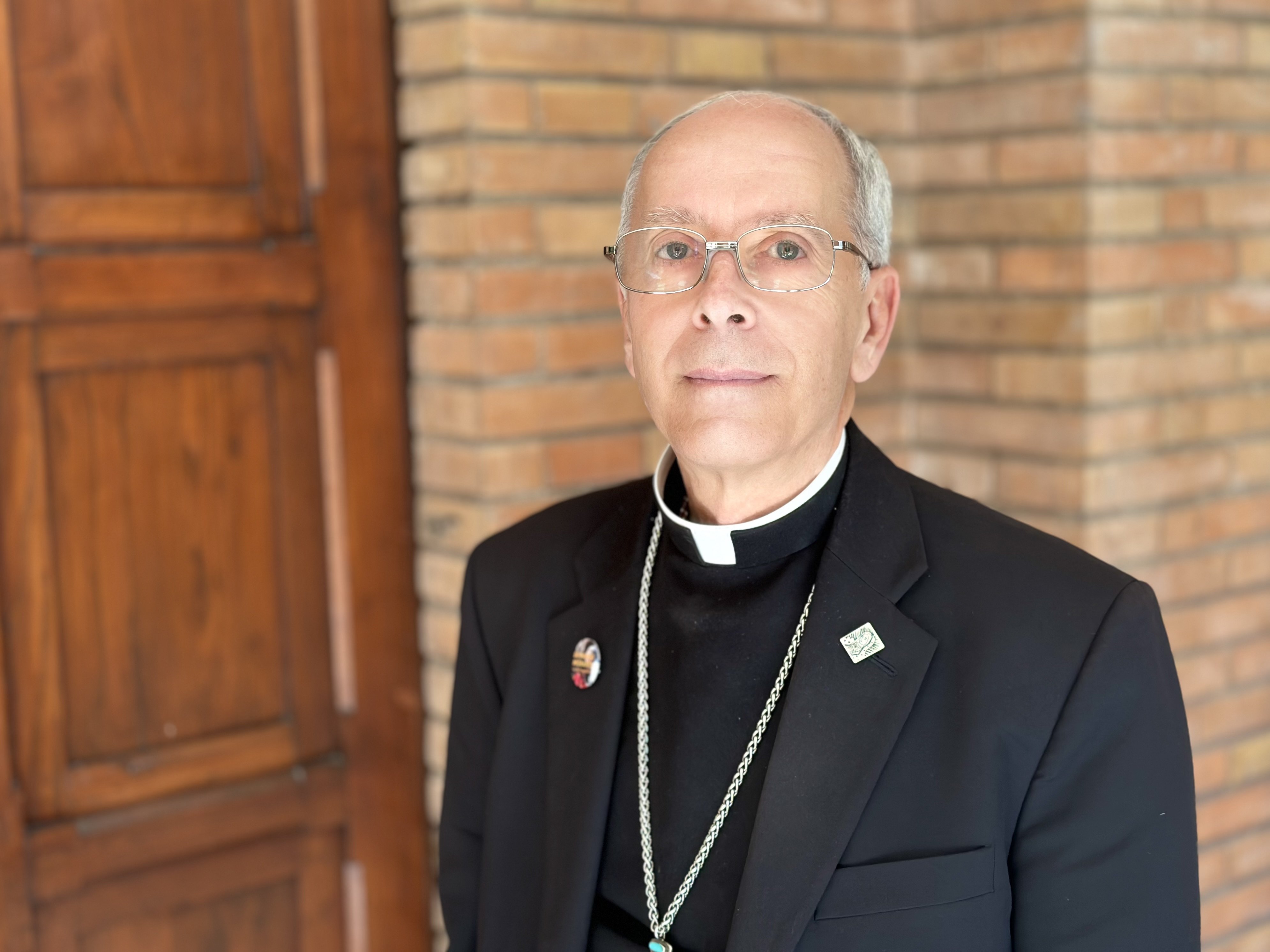April 6, 2018 at 1:53 p.m.
MASS AT CATHEDRAL
Catholic liturgy explains Jewish roots
The fusion was appropriate: People of both faiths attended the special Mass, which was peppered with commentary about the Jewish roots of the Christian liturgy.
It was the first liturgical gathering at the cathedral between Capital Region Catholics and Jews since the late 1980s, when a series of interfaith trips to Israel and an interfaith Palm Sunday prayer service paved the way for dialogue and collaboration.
Similarities
Rev. James Kane, ecumenical director for the Albany Diocese, indicated several liturgical connections to Judaism throughout the Mass:
• The first reading in the Liturgy of the Word is almost always from the Old Testament.
• The Last Supper is traditionally believed to have been a seder meal. The Passover seder is a meal-and-prayer service held in Jewish homes on the eve of the first day of Passover.
• The stole - a long, narrow strip of cloth worn by clergy when celebrating Mass - mimics the prayer shawl used in Judaism.
• "Amen" means "so be it" in Hebrew.
• "Alleluia" means "praise the Lord" in Hebrew.
• "Hosanna" means "save now," or "save, I beseech thee" in Syriac. It was a form of acclamation used among the Jews.
• For thousands of years, Jews have prayed over bread: "Blessed are you, Lord our God, king of the universe, who brings forth bread from the earth." As he prepares the gifts at Mass, a Catholic priest says: "Blessed are you, Lord, God of all creation. Through your goodness we have this bread to offer, which earth has given and human hands have made. It will become for us the bread of life." Jews and Catholic priests also pray over wine in a similar way.
• The priest washes his hands, continuing a Jewish tradition and saying: "I wash my hands in innocence, and go about the altar, O Lord" (Ps 26:6). "Altar" means "place of sacrifice" in Hebrew.
• Catholic churches have tabernacles storing the Eucharist, the Word made flesh; in synagogues, tabernacles hold ancient Torah scrolls. Candles sit beside the tabernacles in both houses of worship.
"All of these things that are part of the ambience of Christian worship, we picked up from Jews," Father Kane said.
Both religions share the public worship of one God, he added: "Worship is about veneration, thanksgiving, preparation and petition."
Historic moments
The 1986 prayer service of reconciliation and healing at the cathedral was scheduled for the first day of the Christian Holy Week because of the anti-Semitism often bred at that time throughout history.
During that historic service, Bishop Hubbard publicly asked "forgiveness of God for the wounds inflicted on the Jewish people through selfishness and blindness."
At last week's event, Bishop Hubbard said the latest gathering "is truly a proof to the 1960s' Second Vatican Council.
"For 2,000 years," he told Jewish participants, "you have suffered at the hands of anti-Semitism. For you to trust us, who have harmed you, is a great testimony to your own tradition and openness to healing."
The bishop said that Christians and Jews should read Scripture together and talk more about how they read and interpret passages: "I think we can learn so much from each other."
Anne Snyder, a member of the diocesan ecumenical commission and a parishioner of Blessed Sacrament Church in Albany, commented afterward that Catholics need to spend more time reading the Bible on their own, especially the Psalms.
"I think [Christians have] made them our own," Mrs. Snyder said of the Psalms, "and we need to stop and say, 'Wait a minute.' They're probably one of the greatest gifts that the Jewish people have given us."
Jewish perspective
Phyllis Silverman is a co-chair of the ecumenical commission and a member of Congregation Beth Emeth in Albany. She traveled to Israel with Bishop Hubbard and remembers the groundbreaking events of the 1980s.
Relations between Christians and Jews today, she said, are "better, but not as good as it should be. There's room for advancement in a positive way. We're never finished."
Commission member Dorice Brickman, who attends the same synagogue, said there is more respect and openness among the two faiths now. "When I was a kid," she told The Evangelist, "my Catholic friends couldn't come to my synagogue. Everything was separate."
Both women agreed that young people need to get involved in interfaith activities. Ms. Silverman said events like last week's Mass strengthen her own faith: "We have different paths, but basically we're trying to reach one thing."[[In-content Ad]]
SOCIAL MEDIA
OSV NEWS
- Political leaders have duty before God to end war, pope says at peace meeting
- Federal judge strikes Biden-era rule including gender identity in sex discrimination prohibition
- Bishop: Jamaicans trust ‘God is with us’ through planet’s worst storm of 2025
- Teen hospitalized during Jubilee being treated for lymphoma; he’s accepted illness ‘with faith’
- Proclamation of St. Newman as doctor of church signals Catholic revival at Oxford
- Catholic Media Association releases new AI guidelines to keep ‘human dignity’ central
- Globe-trotting pilot says flying over 100 fellow Catholics to Rome a career highlight
- Changing world calls for new commitment to Catholic schools, pope says
- Vatican II vision for Christian education still inspires Catholic school renewal at 60
- ANALYSIS: Catholics brace for Medicaid cuts’ expected major impact on rural health care







Comments:
You must login to comment.